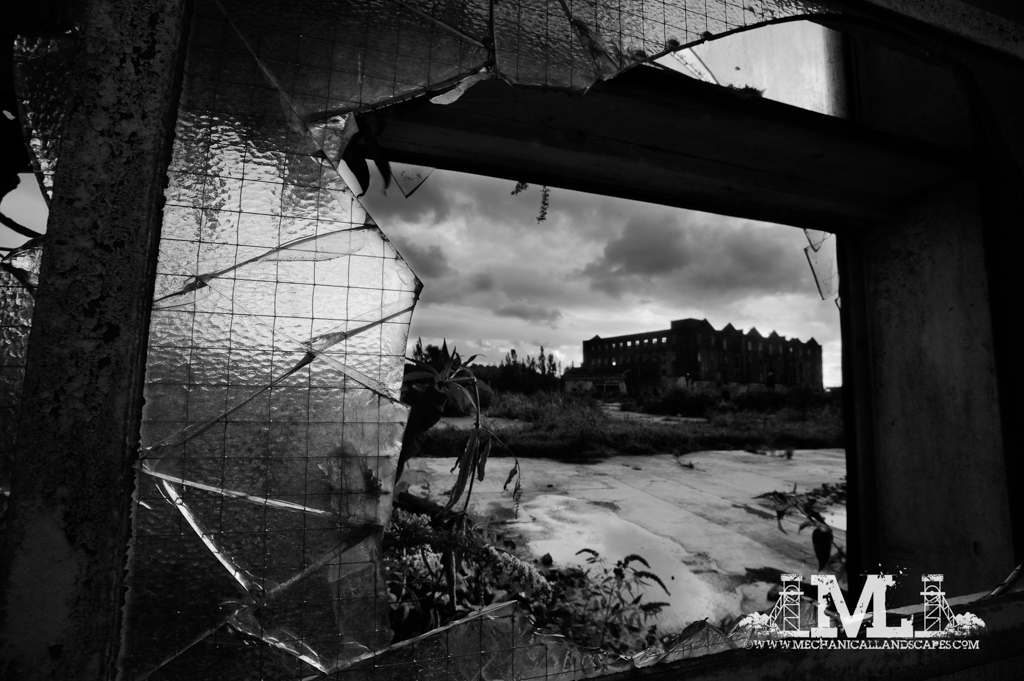New topographics was a term coined by William Jenkins in 1975 to describe a group of American photographers (such as Robert Adams and Lewis Baltz) whose pictures had a similar banal aesthetic, in that they were formal, mostly black and white prints of the urban landscape.
New topographics focuses on landscape photos of man made buildings, it can be seen as documenting the change and expansion of things, it was in relation to the tyranny of idealised landscape photography that elevated the natural and the elemental, it questioned the supposed distinction between cultural and natural landscapes, the goal for American topographics was to show the tension between natural and man made structures post WorldWar 2.
Post WorldWar 2 America struggled with inflation and labour unrest, it affected Americans due to the rise in price of goods going up astronomically people were no longer able to afford the cost of living in the city so they had to move it made lots of people isolated and caused lots of mental heath problems.
what was the new topographics a reaction to?
It revealed the growing unease about how the natural landscape was being eroded by industrial development.
LEWIS BALTZ
Lewis Baltz was an American Photographer, he was known for his involvement in New Topographic. Like his contemporaries Robert Adams, Stephen Shore, and Bernd and Hilla Becher, Baltz focused his camera on the unassuming green spaces and architecture of tract housing, office parking lots, and industrial parks. He believed the man made landscapes wasn’t which anyone wanted to look at he changed that by making these photos and making people view our man-made landscapes.
Lewis Baltz took photos of beautiful black-and-white images of parking lots, office parks, industrial garage doors and the backs of anonymous warehouses helped forge a new tradition of American landscape photography in an age of urban sprawl.
Baltz was mainly inspired by modern minimalist artistic movements and the effects of industrial civilization on landscapes. He shot in black and white with a wide depth of field (meaning that the entire image is in focus). His photographs are very minimalist and rely on geometric shapes and sharp contrast to add visual interest.
Lewis Baltz work
,-1988%E2%80%932000.jpg)
%E2%80%9D,-1988%E2%80%932000.jpg)
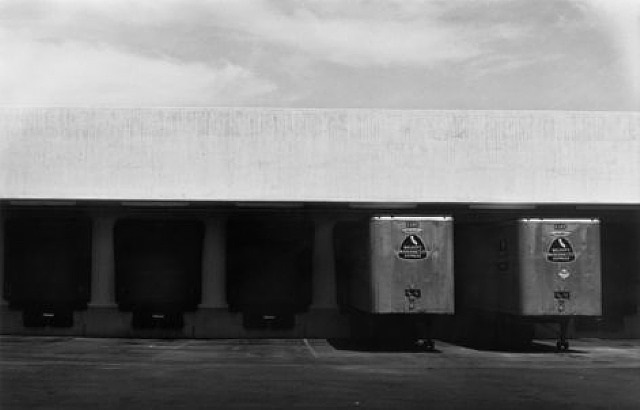
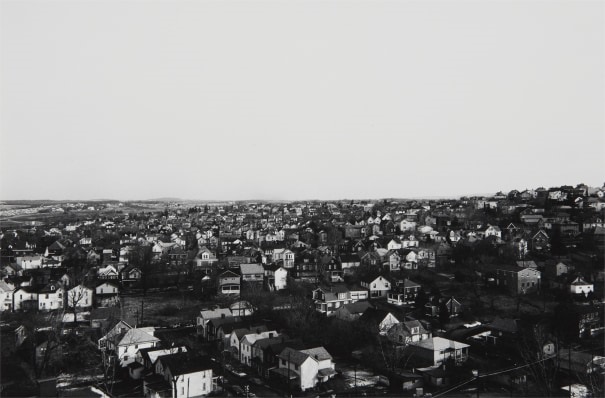
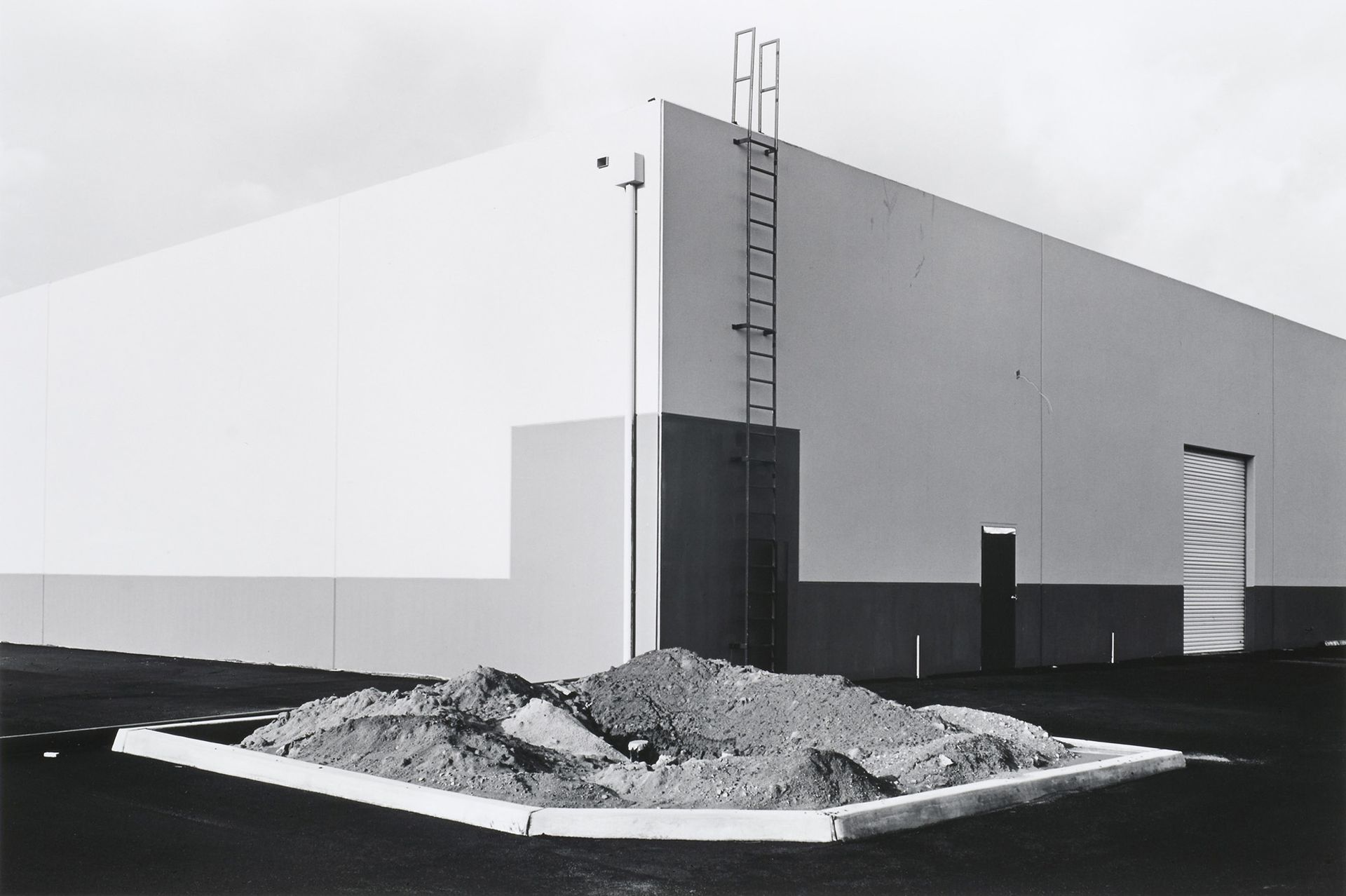
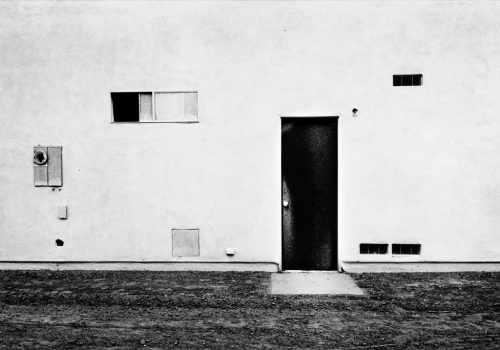

industrial landscapes
